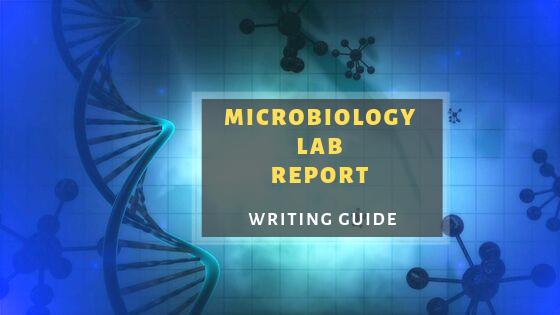Microbiology Lab Report Writing Guide| Read to Write Like an Expert
Who else hates the stinking smell of the biology lab? It is one of the dreaded memories of my academic days. It was somewhere fun too. Learning new things, using different compounds to study organisms and micro-organisms, these all always had the playful element of learning only till the practicals were performed. Once the practicals were done, the daunting task of report making was to be accomplished.
Do you struggle with the same? Especially when we talk about practicals related to micro-organisms? Yes, microbiology assignments are easy, but the lab report sucks. Well, let’s put a break to your struggle, with this easy microbiology lab report writing guide.
5 Step Guide to Writing Microbiology Lab Report Like an Expert
1. Stick to Formal Language
When writing your microbiology lab report make sure you do not use the informal tone that you have been using for your microbiology assignment. Both the documents are quite different and are written to serve different purposes. The assignment reflects your understanding of the subject and needs to engage your professor all the while.
Don’t scratch your heads or fret around, to keep your document in a formal tone all you need to do is:
- Write in a Passive Tone
- Document Your Work in Past Tense
- Check the Instructions by the Instructor
2. Begin with Clarity
As you start writing your lab report, make sure the first paragraph of the introduction of the report is not very explanatory. It needs to be short, precise and to the point. A lot of information around the topic that you are working on is not required. To keep this first paragraph short and crisp all you need to do is follow the basic instructions here.
- Introduction: 4-5 lines
- Purpose: Why you conducted the study + Background Information
- Hypothesis: Predicted Results
3. Continue in a Structured Manner
Remember your lab report is the reflection to the practical that you have already performed. Thus in this section, all you need to do is list down the complete process of the practical. You need to mention what materials you used, and why you chose the particular thing. The quantity and the quality of each of the element and its relevance. This is the detailed section where you need to jot down the complete story of the lab. Few things that you cannot miss to add in the section are:
- Material Required
- Methods Used
- Result Obtained
- Trend Reflected
4. Close the Work with a Verdict
Once you have written the complete process you must move to the final results. For the result section, all you need to do is, summarize the complete work, and discuss the output. It is important that while writing your report you do not forget that it is a formal document and it needs to be closed properly. When you are closing your work, just make sure that you stick to these points:
- What Were the Findings of the Practical Performed?
- Did the Result Support the Assumed Outcomes?
- Did the Result Failed to Match the Assumptions?
- If Yes, Then Why?
5. Referencing
The report you are working on mustn't be just the practical experience but also the information that is used. And since you would be reaching to different resources to gather the information used all you need to do is wind up the work with proper references.
And Boom.!
You Have a Perfect Lab Report Ready.!
Writing a microbiology lab report is really tough as compared to the assignments. It needs to have a perfect tone, correct words, and precise information. So next time when you think your mind would blow up with the thought of writing a lab report remember this secret tip,
Note the materials and methods so that you do not miss anything by any chance.
Summary: Looking for a perfect way to write a lab report? Here it is. Just a quick read and you know the answer to writing a perfect lab report in a snap of fingers.
